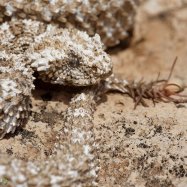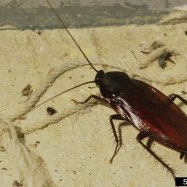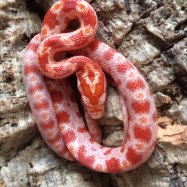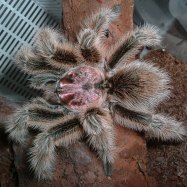
Night Heron
57-65 centimeters
Night Herons are fascinating birds found in parks, nature reserves, and coastal areas. With a stocky body shape, they can grow up to 57-65 centimeters in length. Belonging to the Ardeidae family, these elegant creatures are a treat to watch in their natural habitat. #nightheron #birdwatching #wildlife
Animal Details Summary:
Common Name: Night Heron
Kingdom: Animalia
Habitat: Wetlands, marshes, and wooded swamps
Night Heron: The Mystical Creature of the Wetlands
The night heron, scientifically known as Nycticorax nycticorax, is a fascinating bird that has captured the imagination of humans for centuries. With its striking appearance and mysterious habits, this graceful creature has become a symbol of the night, often associated with magic and mystery.Belonging to the Kingdom Animalia, the night heron is a member of the class Aves, making it a bird. It falls under the order of Pelecaniformes and is part of the Ardeidae family, which includes herons, egrets, and bitterns Night Heron. This magnificent bird can be found in wetlands, marshes, and wooded swamps around the world, making it a truly versatile species.
Appearance and Habitat
The night heron has earned its name due to its nocturnal habits. Its dark plumage of black, gray, and white allows it to blend effortlessly into the night, making it almost invisible to predators. This bird has a stocky body, with a height range of 57-65 centimeters and a wingspan of up to 112 centimeters. It has a short, sharp bill, which is used to catch its prey.
These mesmerizing birds can be found in a variety of habitats, from parks and nature reserves to coastal areas. They typically prefer to live in quiet, sheltered locations, often surrounded by water. Their secretive nature means they tend to avoid open areas, preferring to stay hidden in tall vegetation.
Feeding Behavior
The night heron is an opportunistic feeder, which means it will eat anything it can get its hands on Northern Screamer. Its diet consists of small fish, crustaceans, insects, and reptiles. Its long legs and sharp bill make it an efficient hunter, enabling it to catch prey quickly and efficiently. The bird is also known to feed during the day, depending on the availability of food.
One of the most impressive feeding behaviors of the night heron is its use of bait. This intelligent bird has been observed dropping pieces of bread or sticks into the water, luring fish towards it, and then scooping them up for a meal. It is a testament to the bird's adaptability and survival skills.
Geographical Distribution and Country of Origin
The night heron is a widespread species, found in almost every corner of the world. It can be found in Europe, Asia, Africa, and the Americas, making it a truly global bird. However, the earliest records of its existence come from Europe, with the earliest recorded sighting in Germany during the 9th century.
The precise country of origin for the night heron is unknown, as they have been found in various parts of the world for hundreds of years. It is believed that the bird's migration patterns and adaptable nature have contributed to its widespread distribution.
Conservation Status
The night heron is not considered a vulnerable or endangered species. However, like many other animals, its habitat is threatened by human activities such as pollution and habitat destruction. As a result, these birds face challenges in surviving and thriving in their natural environments. Conservation efforts are necessary to ensure the continued existence of this beautiful creature.
One of the ways to protect night herons is by conserving their habitats. Wetlands, marshes, and wooded swamps are crucial to their survival, and measures should be taken to preserve and protect these ecosystems. Individuals can also help by reducing their carbon footprint and supporting conservation organizations that work towards protecting the bird's habitats.
A Symbol of Mysticism
Aside from its unique appearance and remarkable behaviors, the night heron also holds significant cultural and symbolic meanings. In many cultures, it is considered a spiritual and mystical creature, believed to have supernatural powers. Some legends and folktales depict the night heron as a messenger between the living and the dead, while others consider it a symbol of good luck.
In Chinese culture, the night heron is associated with longevity and is considered a lucky bird. It is often depicted in traditional Chinese paintings, representing a long and healthy life. Similarly, in Japanese culture, the bird is seen as a symbol of patience and determination, making it a popular motif in art and poetry.
Conclusion
In summary, the night heron is a remarkable and mystical creature that has captured the hearts of people around the world. From its striking appearance to its intelligent feeding habits, this bird is a true wonder of nature. Its adaptability and survival skills have enabled it to thrive in various habitats, making it a truly global species.
However, this beautiful bird is also facing threats to its existence. Therefore, it is essential to support conservation efforts and protect its natural habitats. The night heron is a symbol of the mysteries of the night, and we must do our part to ensure its continued existence for future generations to admire and appreciate.

Night Heron
Animal Details Night Heron - Scientific Name: Nycticorax nycticorax
- Category: Animals N
- Scientific Name: Nycticorax nycticorax
- Common Name: Night Heron
- Kingdom: Animalia
- Phylum: Chordata
- Class: Aves
- Order: Pelecaniformes
- Family: Ardeidae
- Habitat: Wetlands, marshes, and wooded swamps
- Feeding Method: Opportunistic feeder
- Geographical Distribution: Worldwide
- Country of Origin: Unknown
- Location: Parks, nature reserves, and coastal areas
- Animal Coloration: Black, gray, and white
- Body Shape: Stocky
- Length: 57-65 centimeters
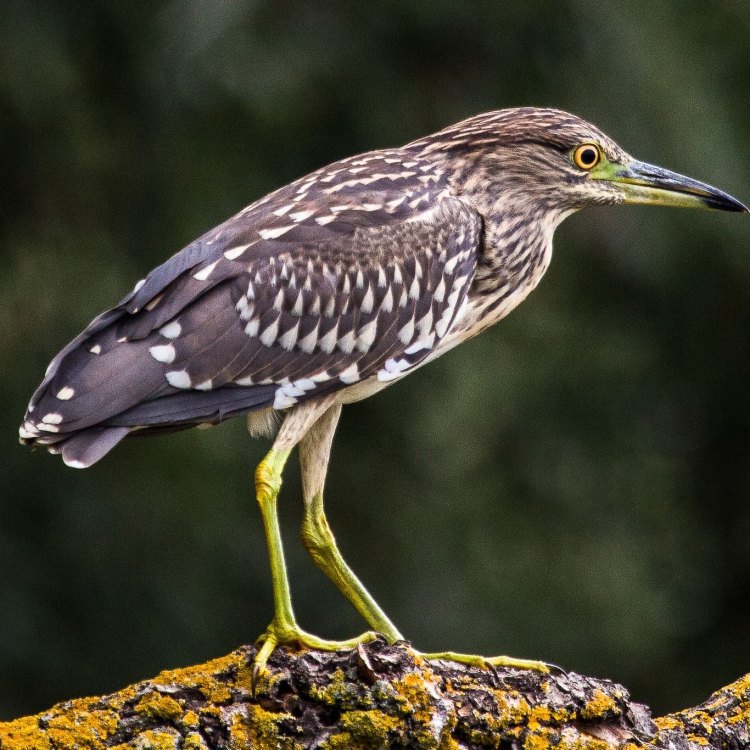
Night Heron
- Adult Size: Medium-sized
- Average Lifespan: 10-12 years
- Reproduction: Oviparous
- Reproductive Behavior: Monogamous
- Sound or Call: Croaking and clucking calls
- Migration Pattern: Migratory in some regions
- Social Groups: Solitary or in small groups
- Behavior: Nocturnal and crepuscular
- Threats: Habitat loss, pollution, and predation
- Conservation Status: Least Concern
- Impact on Ecosystem: Ecosystem balance and insect control
- Human Use: Bird watching and ecotourism
- Distinctive Features: Red eyes and black crown
- Interesting Facts: Night Herons are known for their distinctive calls and their ability to stand still for long periods, waiting for prey to come close enough to strike.
- Predator: Large birds of prey, mammals, and snakes
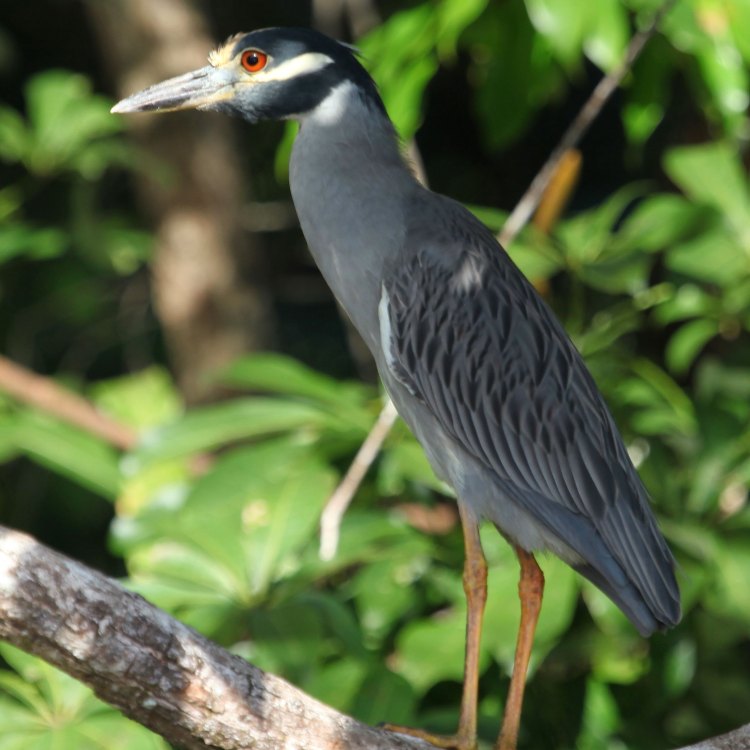
Nycticorax nycticorax
The Mysterious Night Heron: A Medium-Sized Creature with Unique Behaviors and Impact on Ecosystems
Amidst the bustling city life and bright lights, there exists a creature of the night that often goes unnoticed – the Night Heron. This elusive medium-sized heron can be found worldwide, with its unique habits and features making it a fascinating subject for bird watchers and researchers alike. In this article, we will delve into the world of the Night Heron and uncover its intriguing behaviors, impact on ecosystems, and the threats it currently faces.Known for its striking red eyes and black crown, the Night Heron (Nycticorax sp PeaceOfAnimals.Com.) is a medium-sized heron species that falls under the family of Ardeidae. They are found in various continents, including Africa, Asia, Europe, and the Americas. Their average lifespan in the wild is around 10-12 years, and their adult size can range from 58 to 65 centimeters.
One of the most interesting aspects of the Night Heron is its reproductive behavior. These birds are oviparous, meaning they lay eggs. However, what sets them apart is their monogamous nature. They form lifelong pair bonds and even perform synchronized displays to strengthen their relationship. This behavior is not seen in all bird species, making the Night Heron stand out even more.
Apart from their monogamous behavior, Night Herons also have a distinct sound or call Natterjack. Their croaking and clucking calls can often be heard at night or during dusk. These calls serve as a way for the birds to communicate with one another, especially during breeding season when they use these calls to attract mates. The sounds are also used to mark territories and warn other herons of potential threats.
While some populations of Night Herons are resident, others are migratory. In regions with colder climates, these birds often migrate to warmer areas during winter, while in places with a more tropical climate, they stay year-round. The exact migration pattern depends on the availability of food and suitable habitat in a particular region.
Night Herons are mostly solitary birds, but they can also be found in small groups, known as roosts. They prefer to forage and hunt alone, especially during the night and at dawn, which is why they are considered nocturnal and crepuscular creatures. This behavior also allows them to avoid competition with other diurnal birds and to exploit prey that is active during the night.
Speaking of prey, Night Herons are primarily carnivorous and feed on a variety of creatures, including crustaceans, fish, frogs, insects, and even small mammals. They are opportunistic hunters who use their sharp bills to strike their prey with precision. These birds have also been observed standing motionless for long periods, waiting for prey to come close enough for them to strike. This behavior is known as "still hunting" and showcases the Night Herons' impressive patience and agility.
Unfortunately, the Night Heron, like many other bird species, faces numerous threats in its natural habitat. The main cause of decline in Night Heron populations is habitat loss and degradation due to human activities, such as urbanization, industrialization, and agriculture. Pollution is also a significant threat, especially in areas where industries and human settlements are in close proximity to water bodies, which serve as the herons' primary foraging grounds. Other threats include predation by large birds of prey, mammals, and snakes.
Currently, the Night Heron is listed as Least Concern on the IUCN Red List, which means that its population is stable. However, this does not mean that we can let our guard down when it comes to conservation efforts. The Night Heron plays a crucial role in the ecosystem by maintaining the balance of aquatic prey populations and controlling insect populations, making them valuable for pest control. Their presence in wetland habitats also indicates a healthy and thriving ecosystem.
Moreover, the Night Heron also has a positive impact on humans. These birds are often used for bird watching and ecotourism, bringing in revenue for local communities and promoting environmental awareness. They also serve as an indicator of the health of the wetland ecosystem, making it crucial to conserve their habitats.
In conclusion, the Night Heron is a mysterious and intriguing creature, with its distinctive features, unique behaviors, and vital role in the ecosystem. However, it also faces various threats that can potentially harm its population. As responsible citizens, it is our duty to protect and conserve the Night Heron and its habitat, ensuring a balance in our ecosystems and a sustainable future for all. So let us continue to appreciate and admire the beauty of this little-known creature of the night.
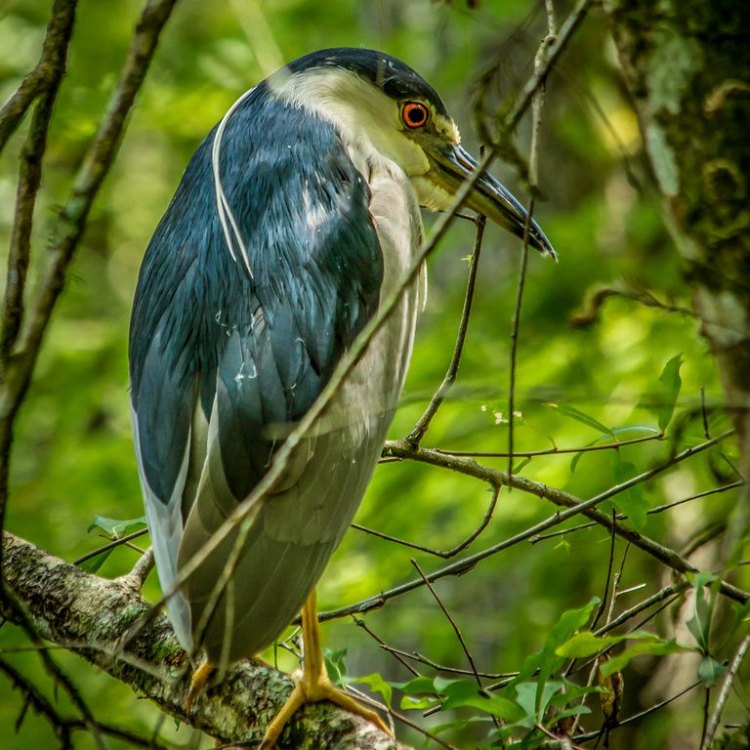
Night Heron: The Mystical Creature of the Wetlands
Disclaimer: The content provided is for informational purposes only. We cannot guarantee the accuracy of the information on this page 100%. All information provided here may change without prior notice.






